Making the perfect pie crust is an essential skill for any home baker. The satisfaction of crafting a flaky, delicious crust from scratch can elevate your desserts and impress your friends and family. In this article, we will dive into three crucial tips that will enhance your pie crust making skills, from understanding the basics to troubleshooting common issues. If you’re wondering, « What Are 3 Tips For Making Pie Crust, » you’ve come to the right place.
Before we jump into the tips, it’s essential to grasp the importance of a well-made pie crust. Not only does it serve as a foundation for your favorite pies, but a good crust can also set the tone for the entire dessert. For a deeper understanding of baking techniques, check out this Black Bean Soup from Scratch – Allrecipes.
Understanding Pie Crust Basics
Key Ingredients for Pie Crust
The primary ingredients for a good crust are:
- Flour: Different types of flour can yield various textures. All-purpose flour is common, but specialty flours can add unique flavors.
- Fat: Your choice impacts the crust’s flakiness. Options include butter, shortening, and lard.
- Water: The temperature and quantity of water are crucial for mixing; cold water is typically recommended.
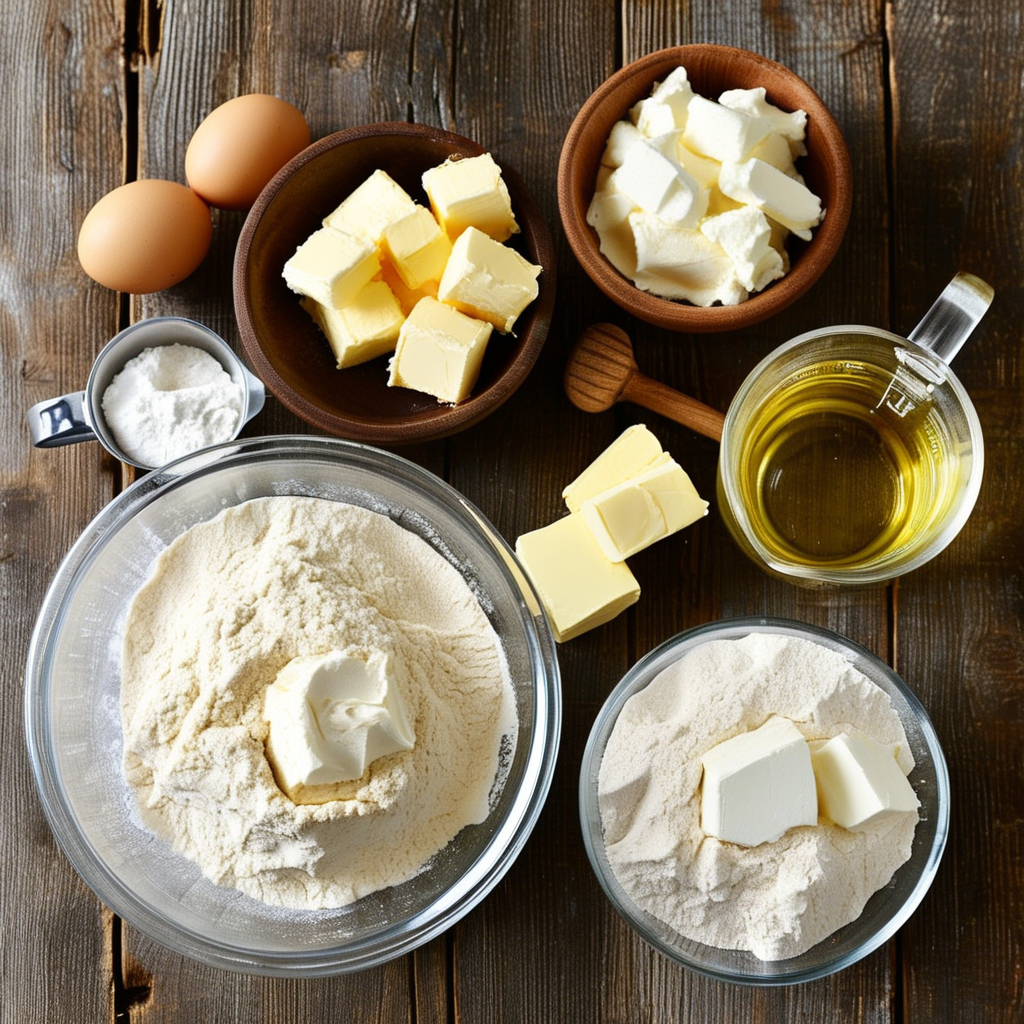
Common Mistakes in Pie Crust Making
When making pie crust, avoid:
- Overworking the dough, which can make it tough.
- Inaccurate measurements that lead to inconsistencies.
Tip #1 – Use Cold Ingredients
The Science Behind Cold Ingredients
Keeping your ingredients cold is vital for achieving a flaky texture. The cold fat has a chance to create layers in the crust.
Practical Ways to Keep Ingredients Cold
Be mindful of these techniques:
- Chill your butter and water before use.
- Keep your mixing tools and bowls in the refrigerator.
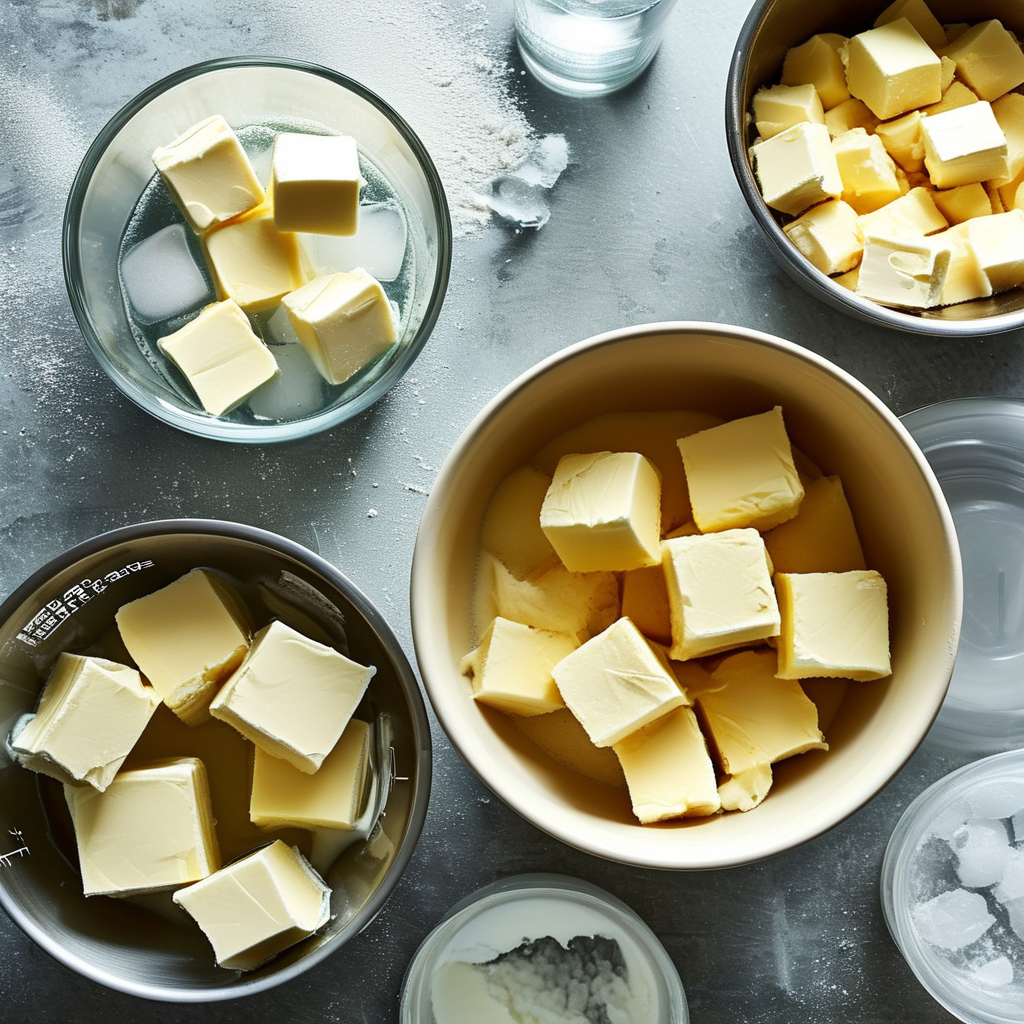
Examples of Recipes Using Cold Ingredients
For a delicious take on this tip, try using Swedish Cream Cheese Crepes – Allrecipes where cold ingredients play an essential role.
Tip #2 – Perfect Your Mixing Technique
Methods of Mixing Dough
There are different ways to mix your dough, including:
- Hand mixing
- Using a food processor
Visual and Textural Cues
Knowing when your dough is ready is critical. Look for a texture that is slightly sticky but holds together well.
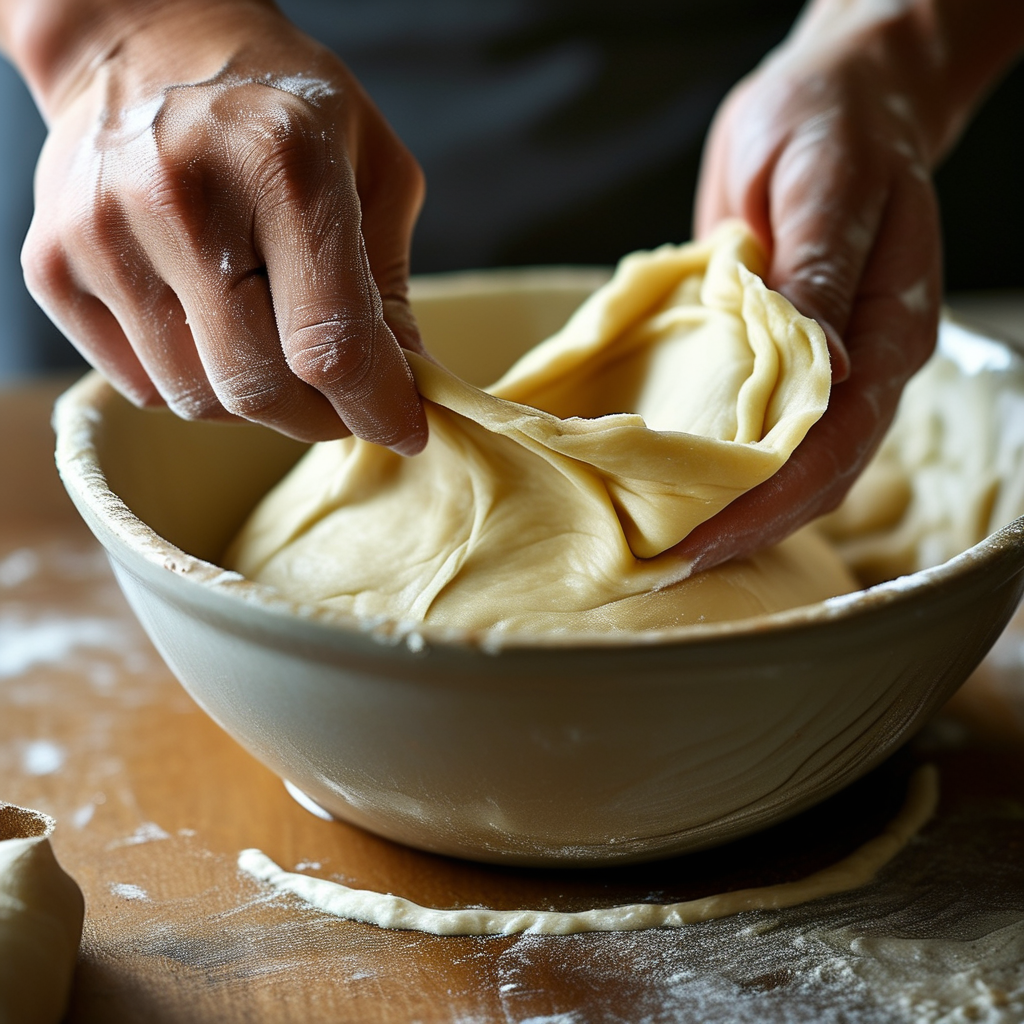
Tips for Handling Dough
When it comes to rolling out your dough, remember these dos and don’ts:
- Do use flour liberally on your work surface.
- Don’t rush the rolling process, as it leads to uneven crust thickness.
Tip #3 – Blind Baking When Necessary
What is Blind Baking?
Blind baking refers to pre-baking your crust. It’s necessary for certain types of pies to prevent a soggy bottom.
Step-by-Step Guide to Blind Baking
Ensuring a proper blind bake includes:
- Prepping the crust with weights.
- Baking at a specific temperature and time.
- Allowing the crust to cool before filling.
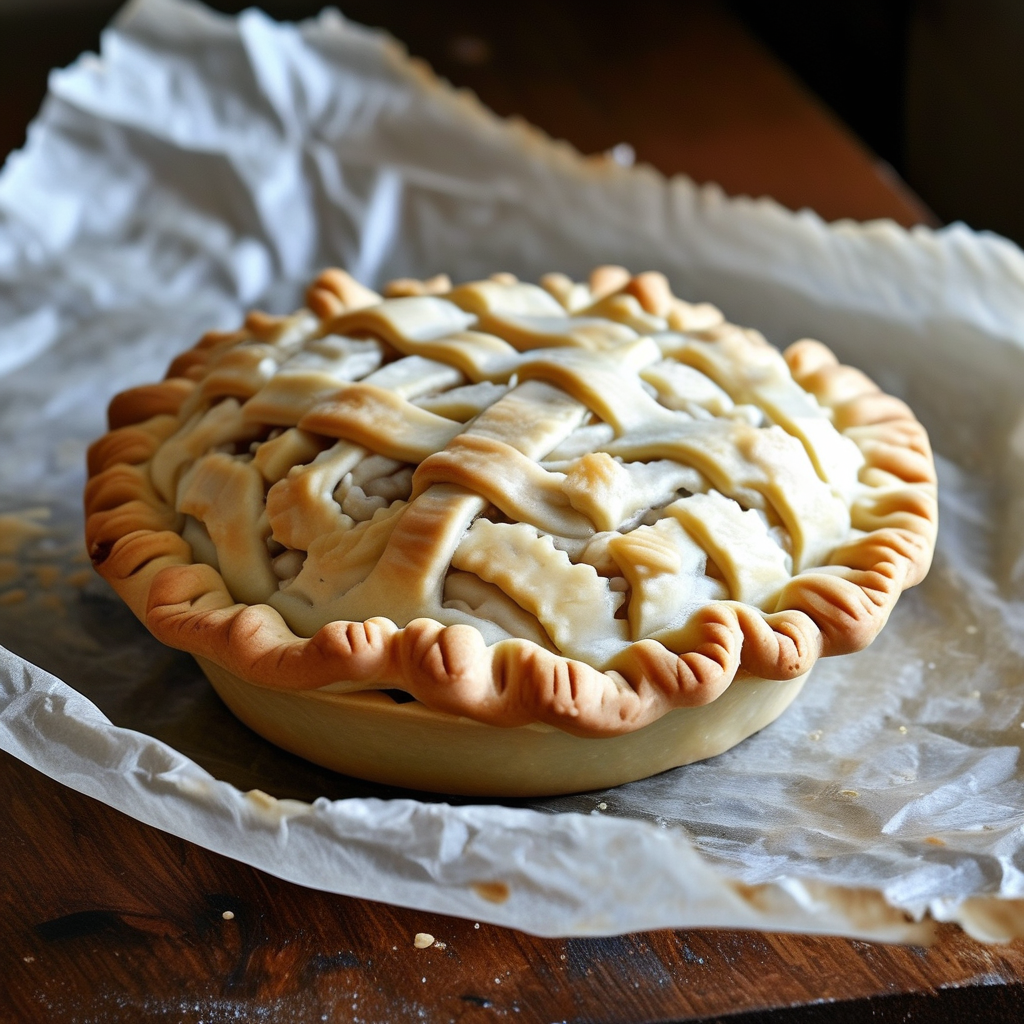
Benefits of Blind Baking
Blind baking helps maintain the structure and enhances flavors. This process is crucial to avoid a soggy crust.
Troubleshooting Common Pie Crust Issues
Why Is My Pie Crust Tough?
Toughness can stem from overworking the dough or incorrect ingredient ratios. Refresh your techniques by ensuring gentle handling.
Why Is My Pie Crust Rubbery?
A rubbery texture might be due to excessive water or fat in your recipe.
Why Does My Pie Crust Shrink?
Crust shrinkage usually occurs from over-warming while rolling or not allowing the dough to rest.
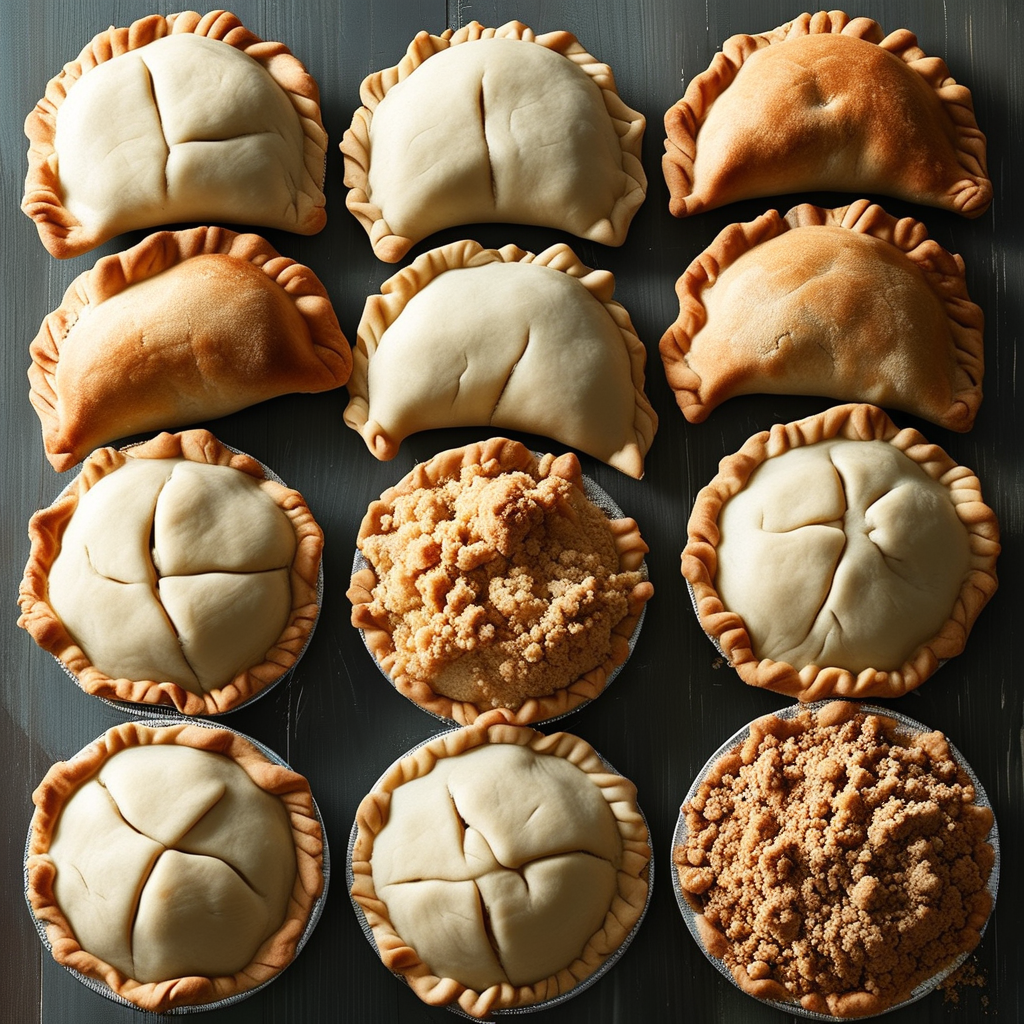
FAQs
What is the best flour for pie crust?
All-purpose flour is most commonly recommended for its balance of protein.
Can I make pie crust ahead of time?
Yes, pie crust can be made in advance and stored in the refrigerator or freezer.
How do I store leftover pie crust?
Wrap it tightly and store it in the fridge for up to three days or freeze for future use.
Is it necessary to use a specific type of fat for the crust?
While butter adds flavor, shortening can offer tenderness. It’s based on personal preference.
Can I use a store-bought crust instead?
Absolutely! Store-bought options are convenient and can save time.
- Use cold ingredients for a flaky texture.
- Perfect your mixing technique to avoid tough dough.
- Blind bake when necessary to maintain pie structure.
In conclusion, mastering your pie crust is a rewarding endeavor that can transform your baking experience. With these three essential tips, you can create delicious pies that your friends and family will love. Don’t hesitate to practice and experiment; baking is as much about joy and creativity as it is about the final product!
If you’re still asking, « What Are 3 Tips For Making Pie Crust, » remember to use cold ingredients, perfect your mixing technique, and blind bake when necessary. For further inspiration and recipes, check out our guide on making pie crust by hand, or discover other delightful desserts on our homepage Simple Bites Recipes.